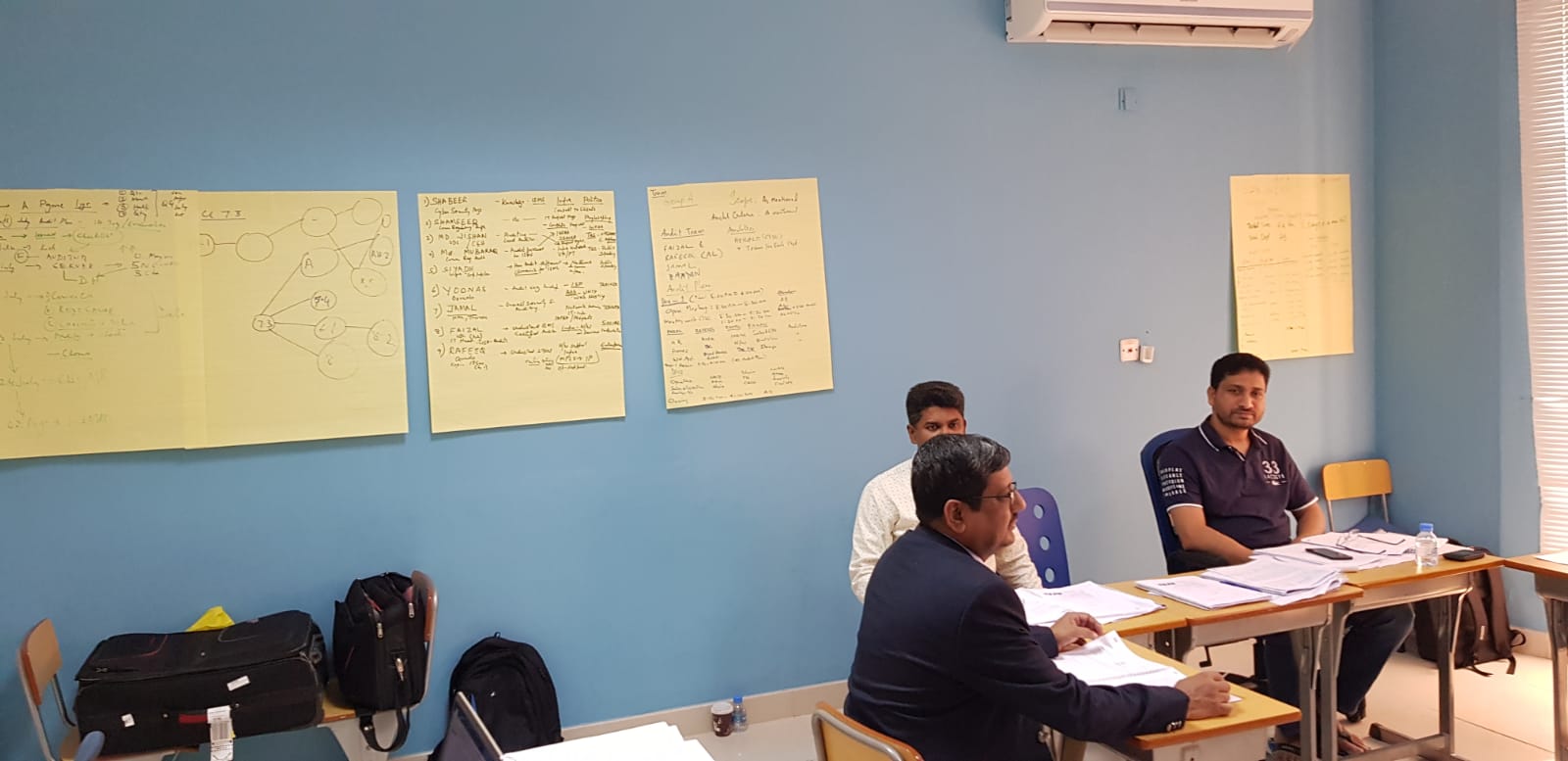




ISO 9001 – Quality Management System
The need for standardization was felt during the Second World War.
USA used MIL Standard MIL-Q-9858, NATO used AQAP [Allied Quality Assurance Publications] series published between 1968 and 1970 which were adopted virtually unchanged by the ministry of Defence as the DEF-STAN 05.21 series in January 1973.
Within Civil Industry, at large there was need for quality standards to work to. Early attempts to meet this need in Britain resulted in quality system standards being published by the British Standards Institution. In November 1972, it published BS 4891 ` Guide to Quality Assurance’, which set out recommendations on organization for, and management of, quality. This was followed in 1974 by the publication of BS 5179 ` A Guide to the Operation and Evaluation of Quality Assurance Systems’.
A committee was formed to prepare the ISO standards, which would be applicable to all types of industries, regardless of their location, size or turnover. Technical Committee 176 consisting of technical experts was formed in 1979. In 1986, ISO 8402 was published, which is the Quality Management and Quality Assurance – Vocabulary. TC 176 considered national inputs and in 1987 produced a series of standards, which was largely based on BS 5750, its notes and commentaries. (In 1987, BS 5750 was revised to bring it in line with the ISO 9000.)
The series duly revised in 2005,2008, 2009 and 2015 now comprises of ISO 9000, ISO 9001and ISO 9004.
These standards were re-published incorporating revisions. These revisions became necessary as a result of periodic review carried out by ISO Technical Committee 176 based on the inputs from member bodies, who have been using these standards.
ISO 9000 SERIES
An internationally agreed common standards quality management system drawn by Technical Committee.. They are:
ISO 9000:2005 Quality Management Systems — Fundamentals and Vocabulary.
ISO 9001:2015 Quality Management Systems — Requirements
ISO 9004:2009 Quality Management Systems — Guidelines for performance improvements
ISO 9004 is intended as guidelines only and cannot be used as reference standards against which to assess the adequacy of quality management systems. ISO 9001 may be contractually specified where appropriate and used as a base for assessment.
In ISO 9001 Certification, highly competent market industries with ISO 9001:2015 certification hold a distinguished position. These industries hold an advantage over others and have gained trust & credibility. The ISO 9001:2015 Quality Certification is based on the following eight fundamental quality management principles:
• Customer focus
• Leadership
• Involvement of people
• Process approach
• System approach to management
• Continual improvement
• Factual approach to decision making
• Mutually beneficial supplier relationships
• Overview of the ISO 9001 : 2015 standard
ISO 9001:2015 contains five requirements sections, each dealing with one of the fundamental building blocks required by any process. These are:
Quality Management System: This section details the general and documentation requirements that are the foundation of the management system. The general requirements ask you to look at the processes of the management system, how they interact with each other, what resources you need to run the processes; and how you will measure and monitor the processes. The second part of the section then sets out the requirements for the documentation needed to effectively operate the system and how the documentation should be controlled.
Management Responsibility: The management of the systems is the responsibility of the “top management” at a strategic level in the organization. The “top management” must know customer’s requirements at a strategic level and make a commitment to meeting these as well as statutory and regulatory requirements. “Top management” must also set policies and to achieve these policies set objectives through planning how the objectives will be met. “Top management” should also ensure that there are clear internal communications and that the management system is regularly reviewed.
Resource Management: This covers the people and physical resources needed to carry out the processes. People should be competent to carry out their tasks and the physical resources and work environment need to be capable of ensuring that the customer’s requirements are met.
Product/Service realization: These are the processes necessary to produce the product or to provide the service. This is the act of converting the input of the process to the output. For a manufacturing organization, this may be the process of converting iron core to steel via a blast furnace for example. For a service organization, this may be the process of moving a product or person from one place to another, for example, a taxi journey.
Measurement analysis and improvement: These are the measurements to enable the systems to be monitored to provide information on how the systems are performing with respect to the customer, the management systems themselves through internal audits, the processes and the product. Analyzing these, including any defect or shortfall in performance, will provide valuable information for use in improving the systems and products where this is required.
Each of these five fundamental building blocks is required for any process because, if one is missing, a controlled process does not occur.
1. Improved outcome of process
2. Professional image
3. Increased customer confidence
4. Better marketability
5. Clarity of responsibility and authority
6. Better and defined system
7. Consistent Quality
